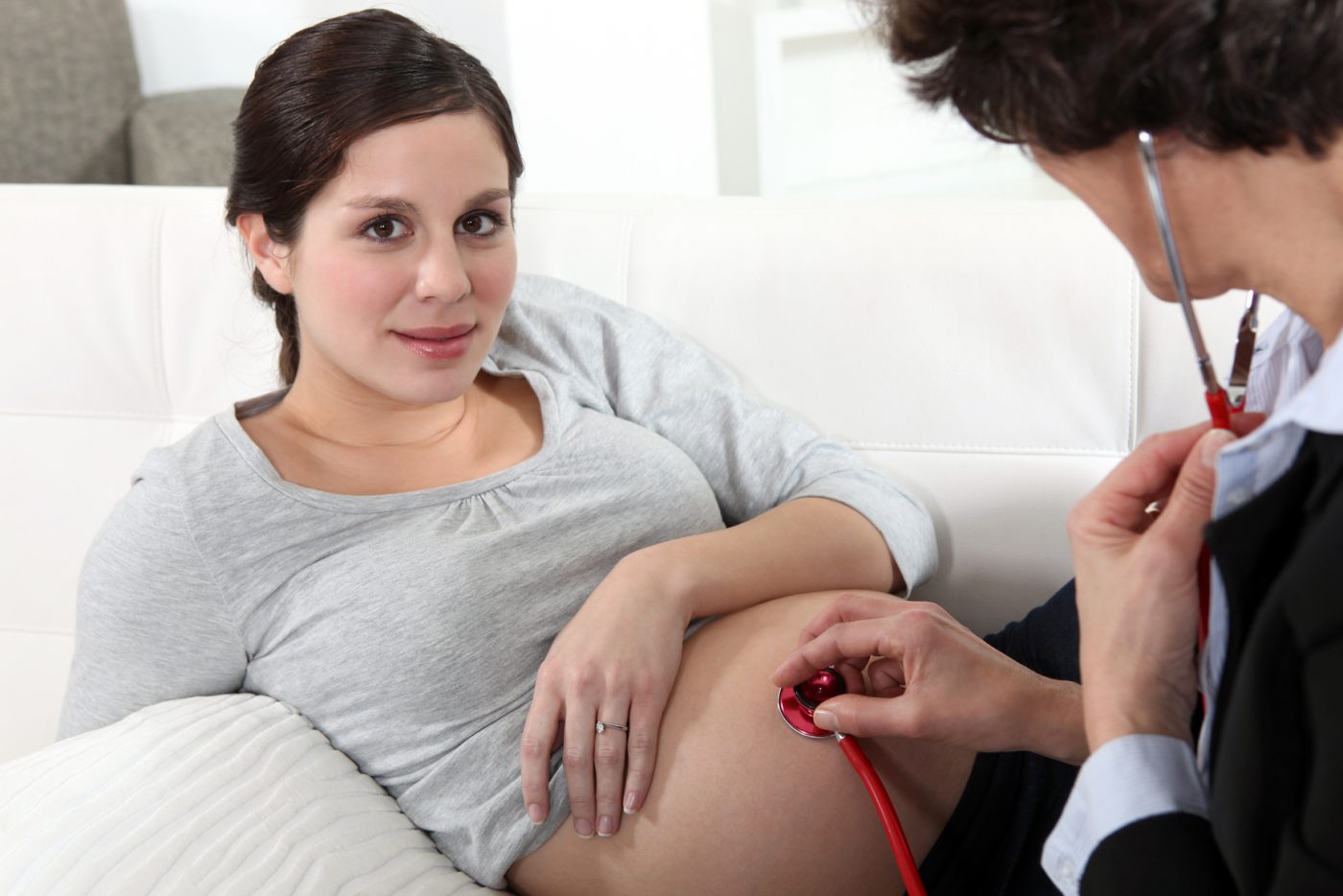
Women’s birth experiences have changed a lot throughout the 20th Century and into the 21st Century.
At the beginning of the 20th century, less than 5% of women gave birth in the hospital.
Before the creation of the National Health Service in the UK after World War II, in 1948, babies were still commonly born at home or sometimes in nursing homes attended by midwives.
In the 1950s, hospital births became increasingly the norm. Women laboured without a birth partner, Dads were not present at the birth. There was an increasing ‘medicalization’ of birth with the care of the pregnant woman and labouring women being increasingly managed by obstetricians.
Birth was increasingly treated as a pathology that needed treatment. This was most extreme in the United States where women were often anesthetised and babies delivered with women lying on their back with their legs in stirrups.
Assisted birth with forceps delivery was more common and an episiotomy was often routine. Induction of birth was sometimes arranged to make sure that a woman would have her labour when her obstetrician was going to be working in the hospital!
In the 1970s, Dads were increasingly encouraged to be present at the birth and to take part in antenatal classes.
However, even as recently as the 1970s and 1980s in the UK women were routinely given enemas and shaved before birth.
The upside of obstetrician-led care was the saving of babies and mothers lives in medical emergencies – but the downside was that the majority of low-risk births were not women-centred or respectful. Many women didn’t labour happily or effectively in these sterile and frightening medicalized environments.
In 1975 the French obstetrician Frederick Leboyer published a seminal book called ‘Birth Without Violence’. He promoted the idea of the right of the baby to be born into a gentle, calm, low lit environment rather than a brightly lit theatre type environment. The latter might suit the obstetrician but was detrimental to the experience and effectiveness of the labour of the mother and baby.
His book paved the way for a renaissance in natural labour practices which was championed in the ‘noughties’ by influential obstetricians such as Yehudi Gordon and Professor Nick Fisk. Professor Fisk went on to pioneer the ‘natural caesarian’ at Queen Charlotte’s and Chelsea Hospital in West London.
There are many ways that babies can be born today in the UK. Since the early 1990s, the National Health Service has sought to offer pregnant women a variety of options to manage labour and birth; including water birth, active birth, midwife-led birth, home birth, birth in a labour unit and caesarian delivery.
You can talk to your birth team about achieving a respectful and woman-centred birth experience – with the benefits of medical expertise and NICUs for high-risk births.
Try not to listen to the horror stories of previous generations as the birth options for women at that time were very limited.
That is not to say that everyone today has the perfect birth that they ‘planned’ but there is much greater communication and respect between birth teams and expectant couples these days.